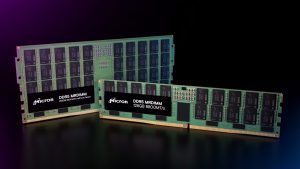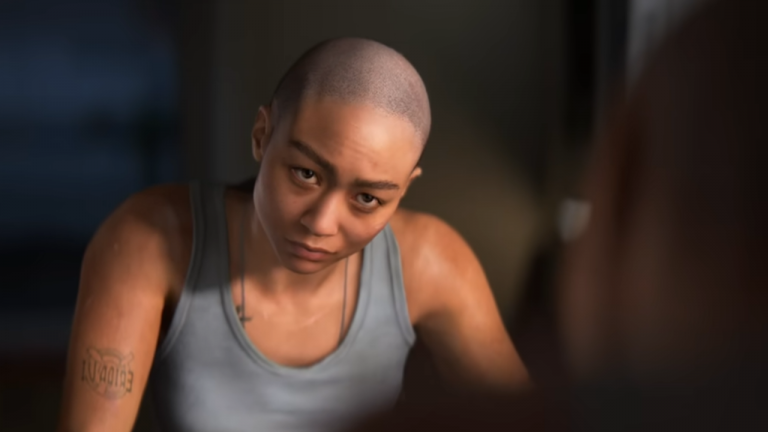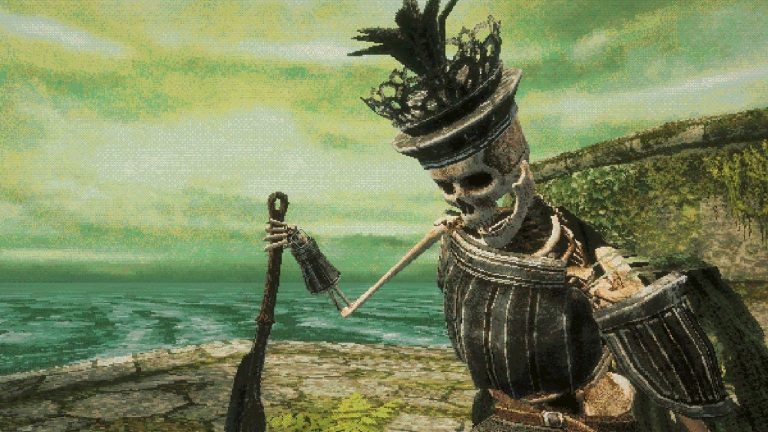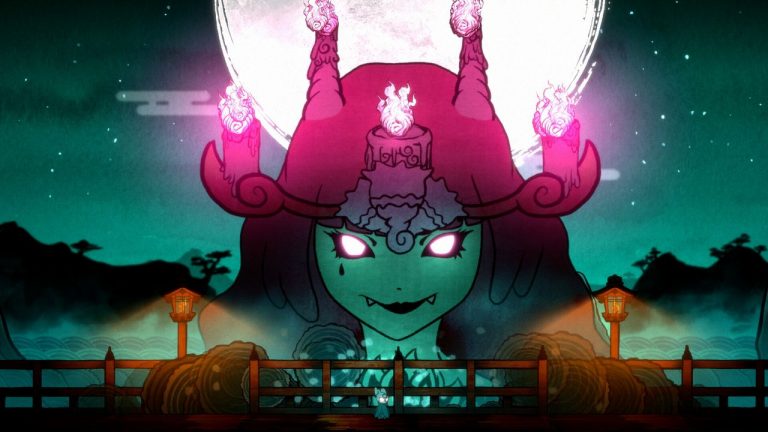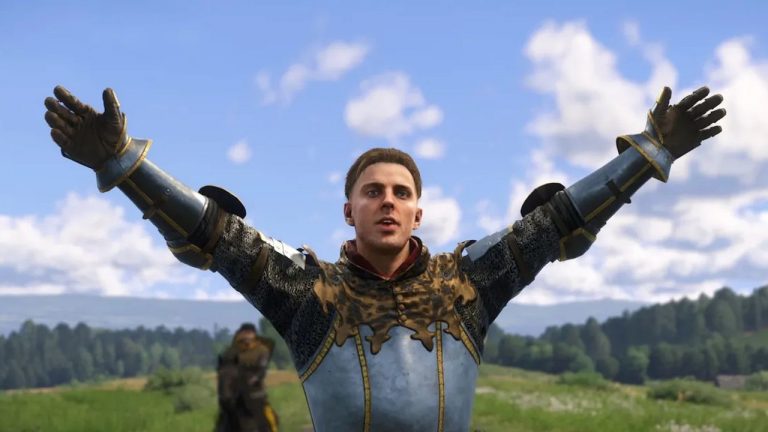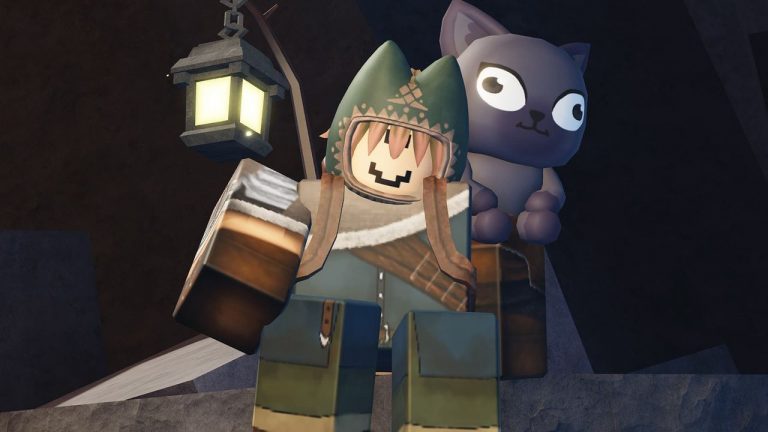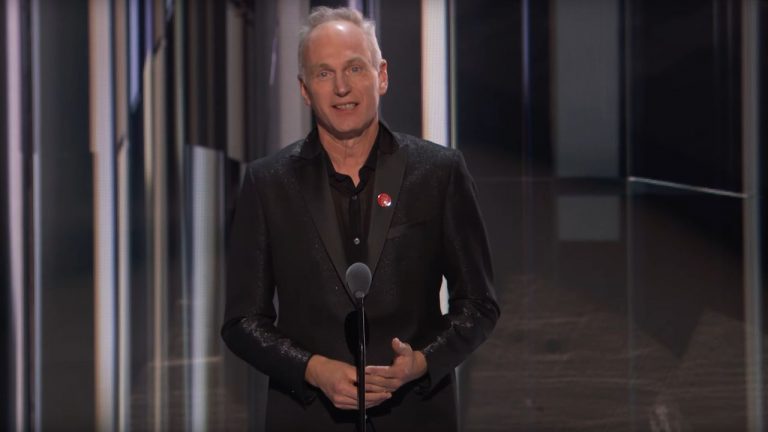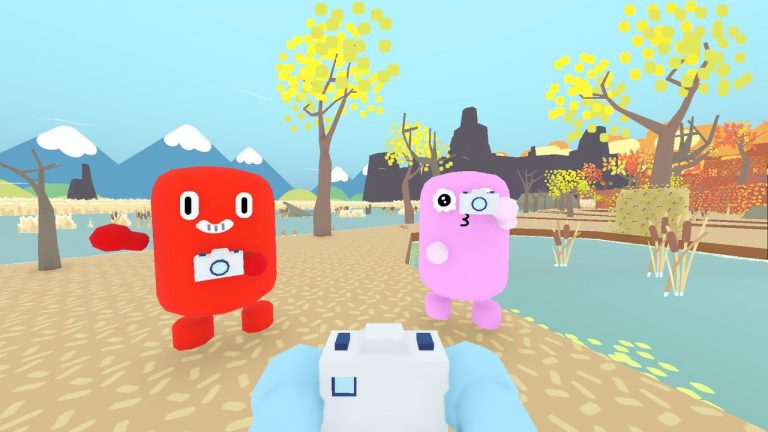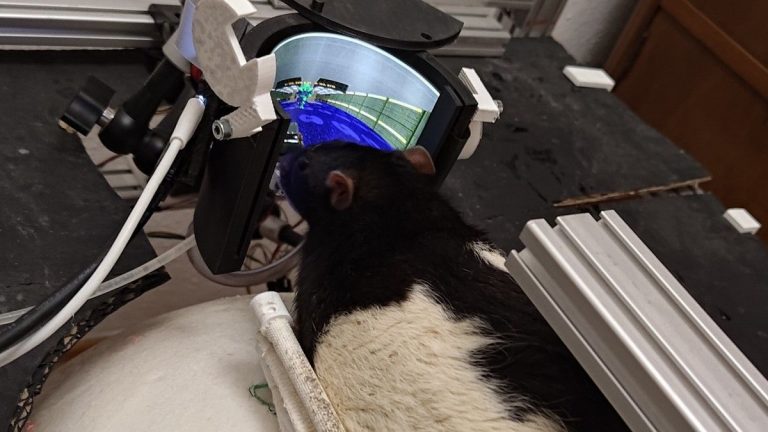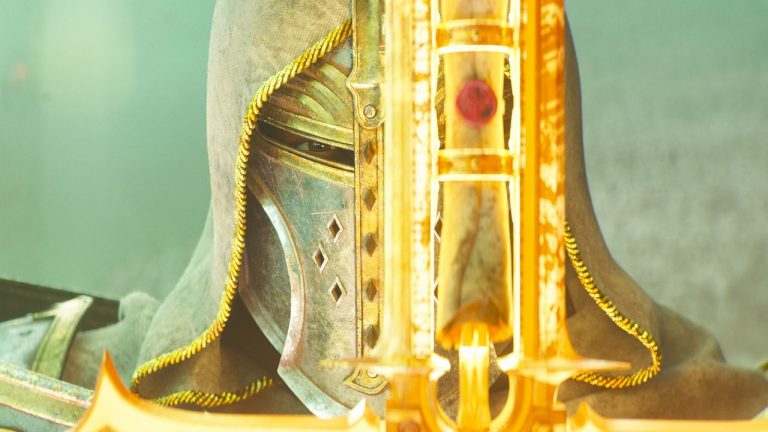Counter-Strike recently celebrated its 25th anniversary, and is more popular than ever. The original Half-Life mod became a standalone title after Valve hired co-creators Minh “Gooseman” Le and Jesse “Cliffe” Cliffe, and since then has iterated and grown into the most popular competitive FPS on the planet, with over 30 million monthly players.
It’s an incredible feat of longevity, and the anniversary has brought forth a rare interview with Minh Le, who first began the project all those years ago when he was finishing up at university. Le has previously said it took him around a month and a half to program “beta one” of Counter-Strike, by which time Jesse Cliffe had joined the project to work on other elements including the maps.
Speaking to Norwegian site Spillhistorie.no, Le says the original concept for the game came about the year before he began work on the mod. “I came up with the idea of Counter-Strike in 1998,” says Le. “I was inspired by many of the old arcade games that I used to play, such as Virtua Cop, Time Crisis. I was also heavily inspired by movies such as Hong Kong action movies (John Woo), and Hollywood movies such as Heat, Ronin, Air Force One and the Tom Clancy movies in the 90s.”
Le credits some of the elements that make Counter-Strike special to his previous work on mods. “The idea of the round based gameplay was actually a concept that I borrowed from a previous game I had worked on called Action Quake2,” recalls Le. “I noticed that not being able to respawn forced me to play differently and encouraged teamplay, so I knew that was the best feature to add to Counter-Strike. This feature as well as the balanced design of the maps is the main reason CS is such a team focused game.”
The creator’s favourite maps were CS_Siege and CS_Facility, but of course it was DE_Dust that “took all of us by surprise. We never thought it was that special when we first playtested it, but we were pleasantly surprised to see it become the standard Counter-Strike map. The mapper who made DE_Dust was extremely intelligent and spent a lot of time tweaking the design of DE_Dust to make it fun and balanced.”
As for regrets, Le takes aim at my favourite weapon in the game! “I regret not balancing some of the weapons, such as the AWP,” says Le. “I think it gets overused and has become a bit of a meta gun.” Let’s just forget he said that, because the AWP is the greatest and no I will not be taking questions.
Valve hired Le and Cliffe when the mod’s popularity was becoming clear, as well as buying the rights to Counter-Strike. Le calls the transition to working at Valve “very humbling” and says “I got to work with some of the best game developers in the industry, and they taught me some skills I would never have learned outside of Valve.”
As for selling the rights to Valve, and bearing in mind this is now one of the biggest games in the world, Le has nothing but praise for the studio. “I’m happy with how things turned out with Valve, with regards to selling the IP to them,” says Le. “They have done a great job of maintaining the legacy of CS.”
As for Easter eggs in the original game, “I was far too busy fixing bugs and adding features. I never had time to add Easter eggs…”
Le seems grounded about the game and its subsequent success, and humble about his own major role in what Valve calls “your favourite first-person shooter’s favourite first-person shooter.” And it’s good to know he has such a sane perspective on selling the game to Valve all those years ago because, while Counter-Strike did arrive fully formed in some respects, I don’t think it would be the Counter-Strike we have now without Valve working on it for over two decades.
The latest Counter-Strike, despite being the fifth mainline entry in the series, is also the first direct sequel: CS2. This launched late last year and, although it replaced CS:GO, carried over everything players valued from the previous game and seems to have managed to transition the playerbase with minimal issues. The updates so far haven’t made enormous changes, more focused on minor but impactful improvements (which at times come with an amusingly exasperated tone from Valve), but that’s par for the course with this series. As for what the future holds for CS2, it’s all in PCG’s exclusive interview with the development team.

